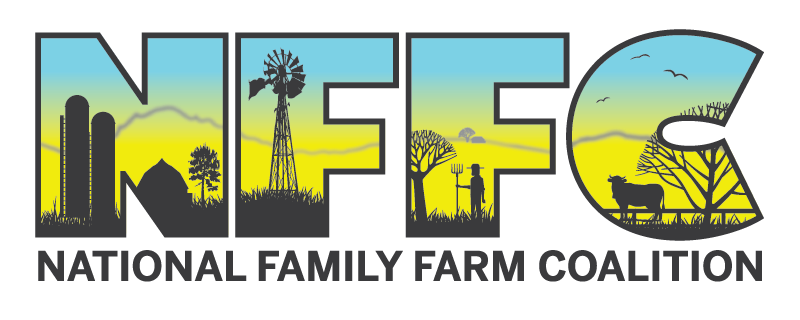Across the country, the cost of farmland is the highest it has been since the 1970s. From 2021 to 2022 alone, value per acre increased by 12.4% and it now costs on average $3,800 an acre, according to the United States Department of Agriculture (USDA). In some states it’s even higher.
According to a survey conducted by the National Young Farmers Coalition, finding affordable land to buy is the number one challenge for farmers under 40. Limited access to capital, student loan debt and healthcare costs make it increasingly challenging for young farmers when trying to build a farm.
The majority of young farmers are also first-generation farmers, so they don’t have access to farmland or resources that may have been passed down by a family member, says Carolina Mueller, the coalition manager at the National Young Farmers Coalition.
Since the 2008 financial crisis, insurance companies, hedge fund managers and developers increasingly saw agricultural land as a stable investment with high returns amid a volatile market. They started buying farmland at prices the average farmer couldn’t compete with, according to a report by the National Family Farm Coalition (NFFC). These investments, along with high prices for commodity crops like wheat and soy, have helped contribute to a 75% rise in cropland price over the last 15 years.
As our National Program Coordinator, Jordan Treakle, pointed out: with so much land expected to change hands in the next decade, it’s essential that it is passed to young farmers instead of investors or developers.
“If 40% of agricultural land falls into corporate ownership as a speculative asset class or as a way to park money – rather than that land being used to support rural economies in our local food systems – I think that has big implications for national security, for our food security as a nation and the vitality of our local rural economy,” he says.
